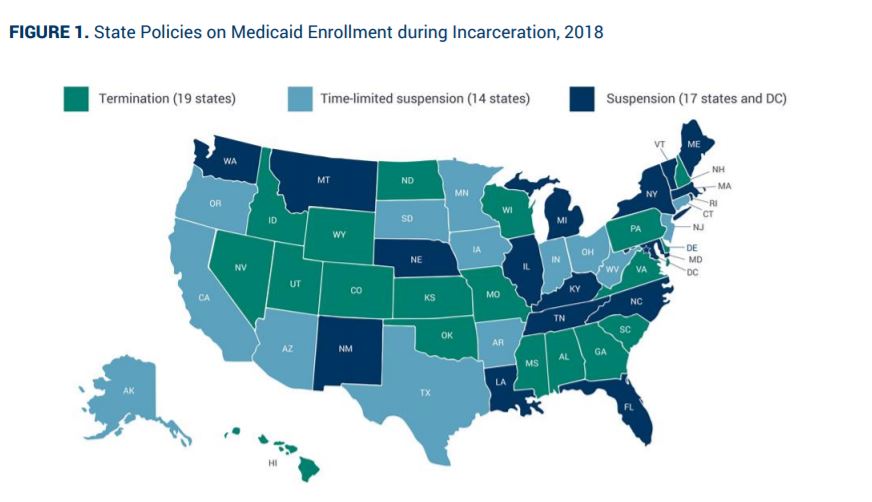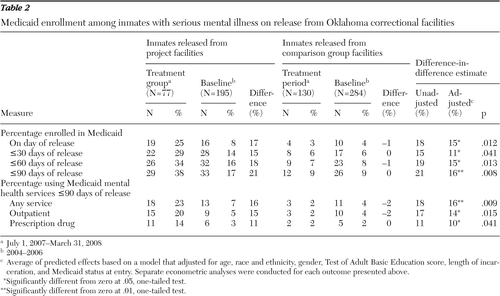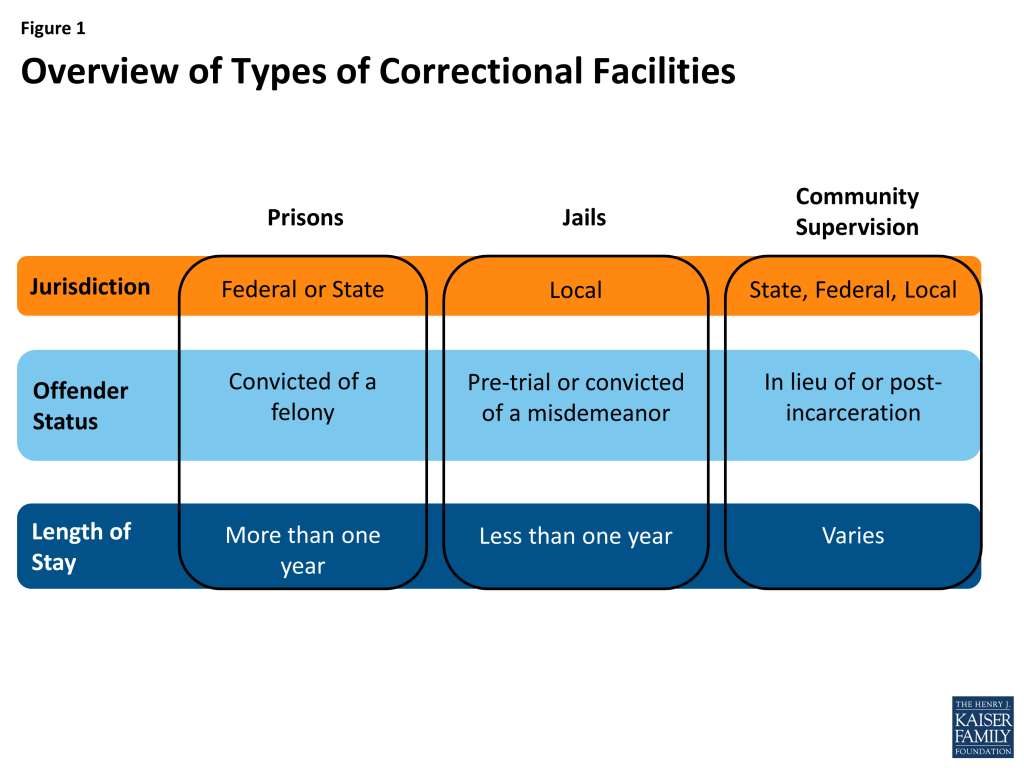MM Summary- A Mississippi man stole $287M from Tri-Care using his compounding pharmacy scheme to get paid for prescriptions that were not medically necessary. He also paid doctors kickbacks to participate in the scheme.
A Mississippi businessman was sentenced today for his role in a multimillion-dollar scheme to defraud TRICARE, the health care benefit program serving U.S. military, veterans, and their respective family members, as well as private health care benefit programs.
Wade Ashley Walters, 54, of Hattiesburg, a co-owner of numerous compounding pharmacies and pharmaceutical distributors, was sentenced today on his guilty plea to one count of conspiracy to commit health care fraud and one count of conspiracy to commit money laundering. U.S. District Judge Keith Starrett of the Southern District of Mississippi ordered Walters to serve a total of 18 years in prison and to pay $287,659,569 in restitution. Walters was remanded into custody following the sentencing hearing. Walters was further ordered to forfeit $56,565,963, representing the proceeds he personally derived from the fraud scheme.
“The fraud committed by Walters and others in this investigation wasted hundreds of millions of taxpayer dollars and deprived individuals of needed medical care,” said David P. Burns, Acting Assistant Attorney General of the Justice Department’s Criminal Division. “Today’s significant sentence signifies that we will continue to stand with our agency partners to root out health care fraud schemes and see their perpetrators brought to justice.”
Between 2012 and 2016, Walters orchestrated a scheme to defraud TRICARE and other health care benefit programs by distributing compounded medications that were not medically necessary. As part of the scheme, Walters and his co-conspirators, among other things, adjusted prescription formulas to ensure the highest reimbursement without regard to efficacy; solicited recruiters to procure prescriptions for high-margin compounded medications and paid those recruiters commissions based on the percentage of the reimbursements paid by pharmacy benefit managers and health care benefit programs, including commissions on claims reimbursed by TRICARE; solicited (and at times paying kickbacks to) practitioners to authorize prescriptions for high-margin compounded medications; routinely and systematically waived and/or reduced copayments to be paid by beneficiaries and members, including utilizing a purported copayment assistance program to falsely make it appear as if the pharmacies were collecting copayments.
“Today’s sentencing is another mile marker on the long road to justice for victims, our veterans, our military, and all American taxpayers, as the mastermind of the largest healthcare fraud scheme in Mississippi history has been held to answer for his crimes,” said Mike Hurst, U.S. Attorney for the Southern District of Mississippi. “I want to commend our prosecutors, Justice Department trial attorneys, and every member of this incredible team of federal, state, and local law enforcement agencies for discovering this scheme and bringing all of these criminals to justice. While there is more work to do, the public can rest assured that we will continue to hold evildoers to account and that justice will always be done in the Southern District of Mississippi.”
“This scheme to defraud TRICARE out of hundreds of millions of dollars not only diverted taxpayer money from essential services and medical care but victimized the brave men and women who selflessly serve or have served our country,” said Michelle Sutphin, Special Agent in Charge of the FBI’s Jackson Field Office. “The investigation into this specific scheme, which now spans across multiple states and FBI field offices, began in the FBI’s Jackson Field Office. I am incredibly proud of the relentless efforts made by our Special Agents, Intelligence Analysts and professional support staff, but also the assistance from our partner agencies which make cases like this successful. The FBI and our law enforcement partners are committed to seeking those that intend to steal from others for their own financial gain.”
“IRS Criminal Investigation provides financial investigative expertise in our work with our law enforcement partners, said James E. Dorsey, Special Agent in Charge of IRS Criminal Investigation (CI), Atlanta Field Office. “Pooling the skills of each agency makes a formidable team as we investigate allegations of wrong-doing. Today’s sentencing demonstrates our collective efforts to successfully enforce the law and ensure public trust.”
“The Defense Health Agency (DHA) works to set the standard in care for our military, families and veterans,” said Cyndy Bruce, Special Agent in Charge with the Defense Criminal Investigative Service (DCIS), Southeast Field Office. “With full knowledge, Mr. Walters aggressively exploited DHA for personal enrichment. I want thank the U.S. Department of Justice and our investigative team for their tireless work to bring these crimes to light. There is no victimless crime, these significant funds were stolen from each and every tax payer and I am pleased that today, this defendant is being held accountable for his actions.”
“The sentencing of Walters highlights continued cooperation among law enforcement agencies at the local, state, and federal levels to ensure public safety throughout Mississippi,” said Colonel Steven Maxwell, Director of the Mississippi Bureau of Narcotics (MBN). “Protecting the public from individuals like Walters is a priority for MBN and is a mainstay in accomplishing our agency’s mission.”
Walters and his numerous co-conspirators effectuated a scheme to defraud health care benefit programs, including the TRICARE program, in an amount exceeding $287 million. Walters further conspired with others to launder the proceeds of his fraud scheme by engaging in monetary transactions in amounts of over $10,000 in proceeds from the fraud scheme, including transactions relating to his participation in a sham intellectual property scheme.
The FBI’s Jackson Field Office investigated the case with assistance from the IRS-CI, DCIS, and MBN. Principal Assistant Deputy Chief Dustin M. Davis, Assistant Deputy Chief Katherine E. Payerle, and Trial Attorney Sara E. Porter of the Criminal Division’s Fraud Section, Trial Attorneys Emily Cohen and Steven Brantley of the Criminal Division’s Money Laundering and Asset Recovery Section, and Assistant U.S. Attorney Kathlyn R. Van Buskirk of the Southern District of Mississippi are prosecuting the case.
The Fraud Section leads the Health Care Fraud Strike Force. Since its inception in March 2007, the Health Care Fraud Strike Force, which maintains 15 strike forces operating in 24 districts, has charged more than 4,200 defendants who have collectively billed the Medicare program for approximately $19 billion. In addition, the Health and Human Services (HHS) Centers for Medicare & Medicaid Services, working in conjunction with the HHS-Office of Inspector General, are taking steps to increase accountability and decrease the presence of fraudulent providers.
Clipped from: https://www.justice.gov/opa/pr/compounding-pharmacy-mogul-sentenced-multimillion-dollar-health-care-fraud-scheme



